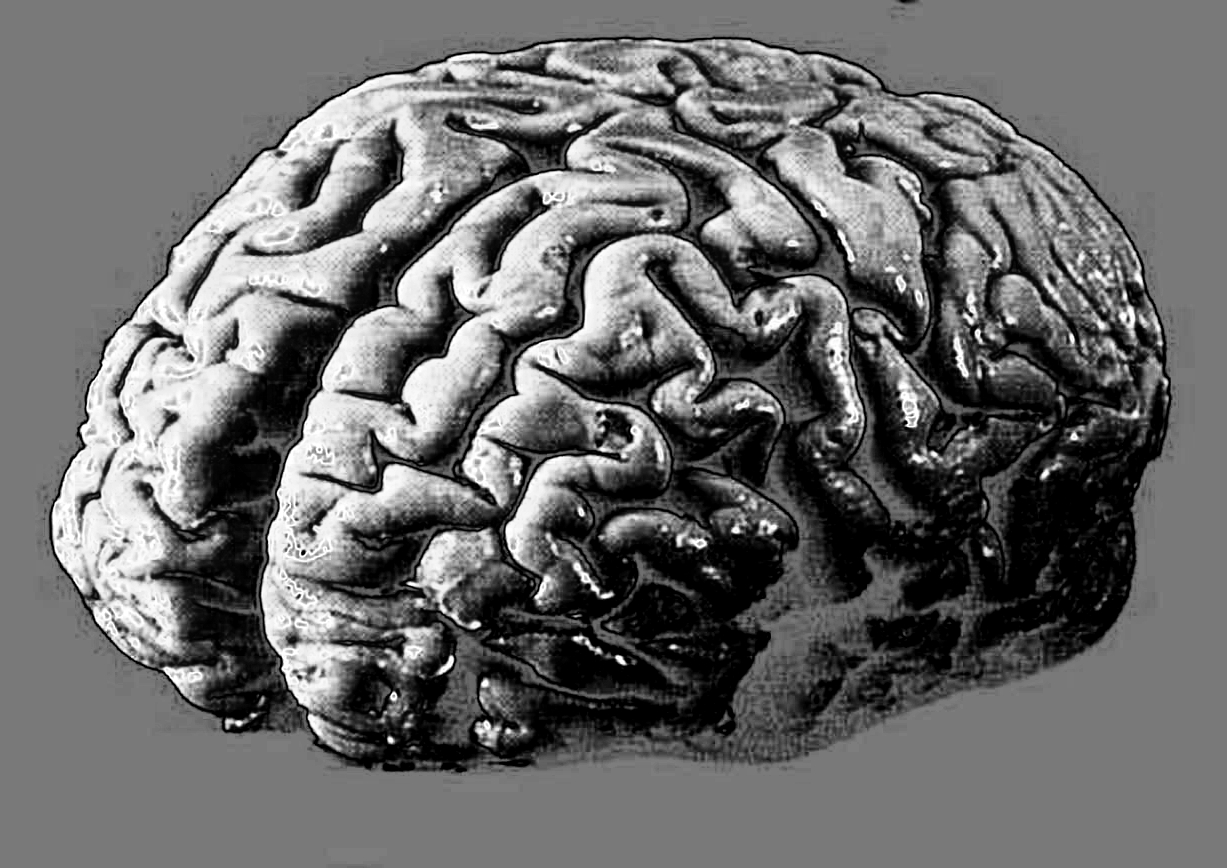Comparison shows mental/metal link
 High levels of toxic metals, found in and near mining towns, appear to be negatively influencing the brain development of children living nearby.
High levels of toxic metals, found in and near mining towns, appear to be negatively influencing the brain development of children living nearby.
A study from Macquarie University experts has compared Australian Early Development Census (AEDC) and National Assessment Program – Literacy and Numeracy (NAPLAN) scores to metal contamination levels for the first time.
It involved a deep analysis of levels of lead, arsenic and cadmium in aerosols, dusts and soils in the NSW mining town of Broken Hill.
The study also examined the outcomes in the similarly impacted lead mining and smelting cities of Port Pirie (South Australia) and Mount Isa (Queensland).
“The findings indicate that children who live in the area of Broken Hill with the highest amount of toxic metal contamination were more than twice as likely to have difficulties in two or more areas of development, compared to the national average,” said Chenyin Dong, first-author on the study.
“We also found that children in years 3 and 5 who go to school in the most contaminated area of Broken Hill achieved consistently lower test scores in class compared to students attending schools in less contaminated areas.”
Professor Mark Taylor, co-author of the study, commented: “similar impacts on children were identified from analysis of early development performance metrics and school scores for Port Pirie and Mount Isa.
“As in Broken Hill, the association between depressed scores and environmental contaminated were most marked in locations immediately adjacent to the smelting and mining operations in these towns.
“The results show how mining and smelting emissions have a negative impact on children’s behavioural measures, meaning it is incredibly important to regulate industries that contribute to this form of environmental contamination,” said Professor Taylor.
The release of the study comes after a $13 million investment by the NSW Government in February, which sought to reduce exposure to toxic metals in Broken Hill.
“Exposure to toxic metals is a modifiable risk factor, so it is not unreasonable to expect that future health and welfare strategies for mining regions should include approaches to reduce such risks,” Professor Taylor concluded.








 Print
Print